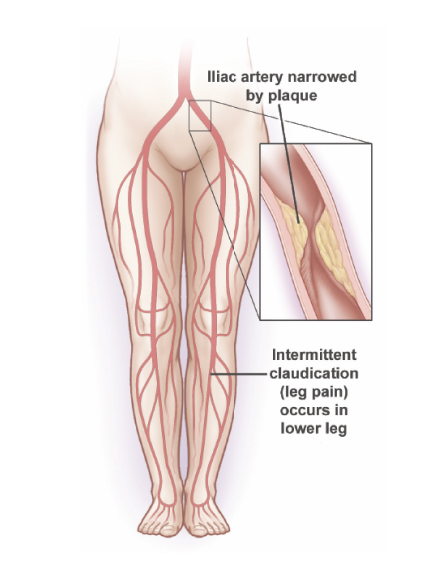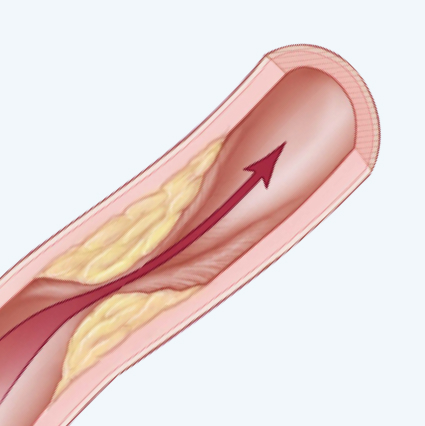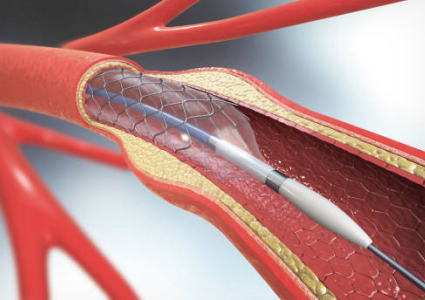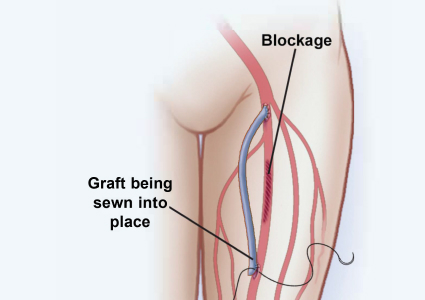Prevention
Limb Loss Prevention Begins with Reducing Your Risk for Peripheral Artery Disease
The majority of amputations are caused by Peripheral Artery Disease (PAD). Fortunately, you can reduce your risk through early detection, as well by modifying your diet, sticking to an exercise regimen, and stopping smoking.
What is PAD?
Healthy arteries in the limbs, also known as peripheral arteries, are smooth and free of any blockages, allowing the blood to flow freely and supply the arms and legs with oxygen, glucose, and other nutrients. Over time, peripheral arteries build up plaque, a sticky substance made up of fat and cholesterol. Plaque can narrow the passageway within the arteries, cause them to stiffen leading to peripheral artery disease.
A moderate blockage in one of the arteries in a major leg muscle can cause pain when walking. This type of intermittent pain is referred to as claudication by providers. The pain itself is not limb-threatening but can be a sign that lifestyle changes and a doctor’s visit are in order.
As PAD becomes more severe, it can cause pain at rest, especially at night. Sores that won’t heal may appear on the feet. Left untreated, PAD can lead to amputation of the toes or the leg. An urgent referral to a vascular surgeon is required to prevent limb loss in this situation.


Risk Factors
There are several potential risk factors of PAD that include:
- Age
- Gender-males are more prone to the condition than females
- Hypertension (high blood pressure)
- Diabetes
- Smoking
- High cholesterol
- Obesity
- Lack of exercise
- Family history of vascular problems
Symptoms
- Painful muscle cramping in the hips, thighs, or calves when walking, climbing stairs, or exercising
- Leg pain that does not go away when you stop exercising
- Foot or toe wounds that won't heal or heal very slowly
- Gangrene, or dead tissue
- A marked decrease in the temperature of your lower leg or foot particularly compared to the other leg or to the rest of your body
- Poor nail growth on the toes or hair growth on the legs
- Erectile dysfunction, especially in men with diabetes

Diagnosis

Physical examinations for PAD will likely begin with checking for weak pulses in the legs. Exams can include the following:
Ankle-brachial index (ABI)
Ankle-brachial index (ABI) is a painless test that compares the blood pressure in the feet to the blood pressure in the arms to determine how well the blood is flowing.
Doppler and Ultrasound (Duplex) imaging
Doppler and Ultrasound (Duplex) imaging is a non-invasive method that visualizes the artery with sound waves and measures the blood flow in an artery to indicate the presence of a blockage.
Computed Tomographic Angiography (CT)
Computed Tomographic Angiography (CT) is a non-invasive test that can show the arteries in the abdomen, pelvis and legs.
Magnetic Resonance Angiography (MRA)
Magnetic Resonance Angiography (MRA) is a non-invasive test that gives information similar to that of a CT without using X-rays.
Angiogram
During an angiogram, also called an arteriogram, a contrast agent is injected into the artery and X-rays are taken to show blood flow, arteries in the legs and to pinpoint any blockages that may be present.
Treatment
Treatment options depend on the severity of the condition. They can include lifestyle changes and medications. Options may also include procedures such as:




